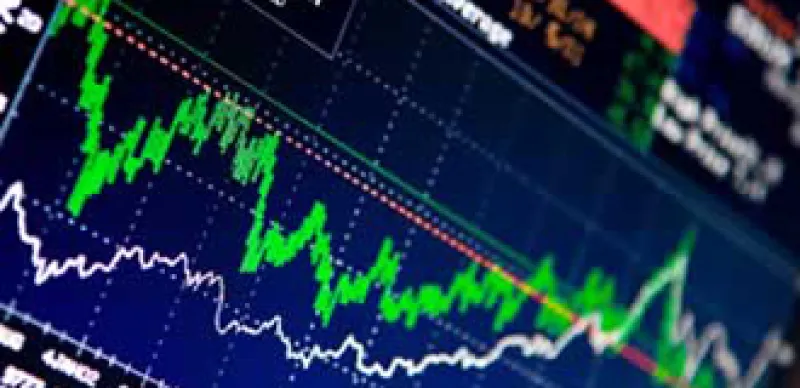The following excerpt is an introduction to "Risks of Equity Indexing – The Lost Decade," written by Vladimir de Vassal of Glenmede Investment Management, LP. Download the complete article.
The last decade has been one of disappointment for many equity investors. The total return for the S&P 500 Index for the ten years ending September 30, 2010 was negative at -.4 percent. In comparison, 3-month Treasury Bills and a broad index of domestic fixed income securities reflected annualized returns of +2.6 percent and +6.4 percent, respectively. If an investor had maintained a balanced portfolio with a mix of 50 percent in the S&P 500 Index and 50 percent in a fixed income index (U.S. Barclays Aggregate), rebalanced quarterly, the annualized return of the portfolio would have been about +3.5 percent over the last ten years.
However, if an investor had not invested in the market capitalization weighted S&P 500 Index and, instead, had managed a portfolio consisting of all 500 companies in the index but on an equal weighted basis (.2 percent each); the average annualized return would have been a positive 5.5 percent over the last 10 years. Interestingly, if a balanced portfolio was maintained with a 50 percent allocation to this equal-weighted stock portfolio and 50 percent to fixed income, rebalanced quarterly, the total annualized return would have been about +6.7 percent (higher than the fixed income return).
This inconsistency in performance of stock indexes versus the average stock can be attributed to the common index methodology of weighting stocks by market capitalization. Companies that have larger market capitalizations get a greater weighting in the index. Although market capitalization-based indexes represent a reasonable measure of the overall stock market’s performance, there are significant risks that the investor should consider when investing in market index funds.
Since their introduction, equity index funds have given individual investors the opportunity to invest in a diversified equity portfolio at low cost. In addition, the strong returns of large cap growth stocks had propelled index funds to outperform most active equity managers in the 1990s. The relatively low turnover of index funds has also rewarded taxable investors with higher after-tax returns. As a result, there has been constructive pressure on active managers to lower management fees and transaction costs to remain competitive with the index funds. Many active portfolio managers have responded to the challenge by reducing fees, controlling turnover and implementing tax efficient strategies.
Market cap-weighted index funds reflect several risks to the investor. This analysis has addressed five such risks, including irrational market behavior, equity pricing inefficiencies, the index’s greater weightings to the largest companies, and sector volatility. An experienced active manager can effectively reduce these risks with quantitative tools, a valuation discipline, fundamental research, and portfolio optimization techniques.
The portfolio manager can prudently select equities to create a portfolio that is appropriate for the client, and not own a stock just because it is a member of a market index. The characteristics of an equity portfolio can be customized to complement the client’s overall asset allocation mix in meeting long-term return and risk objectives. In addition, the active manager can manage the individual equity holdings to minimize the investor’s tax burden.
A discretionary equity portfolio can also reflect a client’s preferences for socially responsible or environmentally sensitive companies. In the future, these advantages should allow a disciplined and experienced equity manager to reward the investor with higher returns and/or lower downside risk versus market index funds.
Vladimir de Vassal, CFA, is director of quantitative research for Glenmede Investment Management LP. He provides proprietary research and analytical support to institutional funds, The Pew Charitable Trusts and high net worth clients of the parent company, The Glenmede Trust Company, N.A. (GTC). The author would like to thank Alex Atanasiu, Paul Sullivan and Max Young for their contributions and support.






